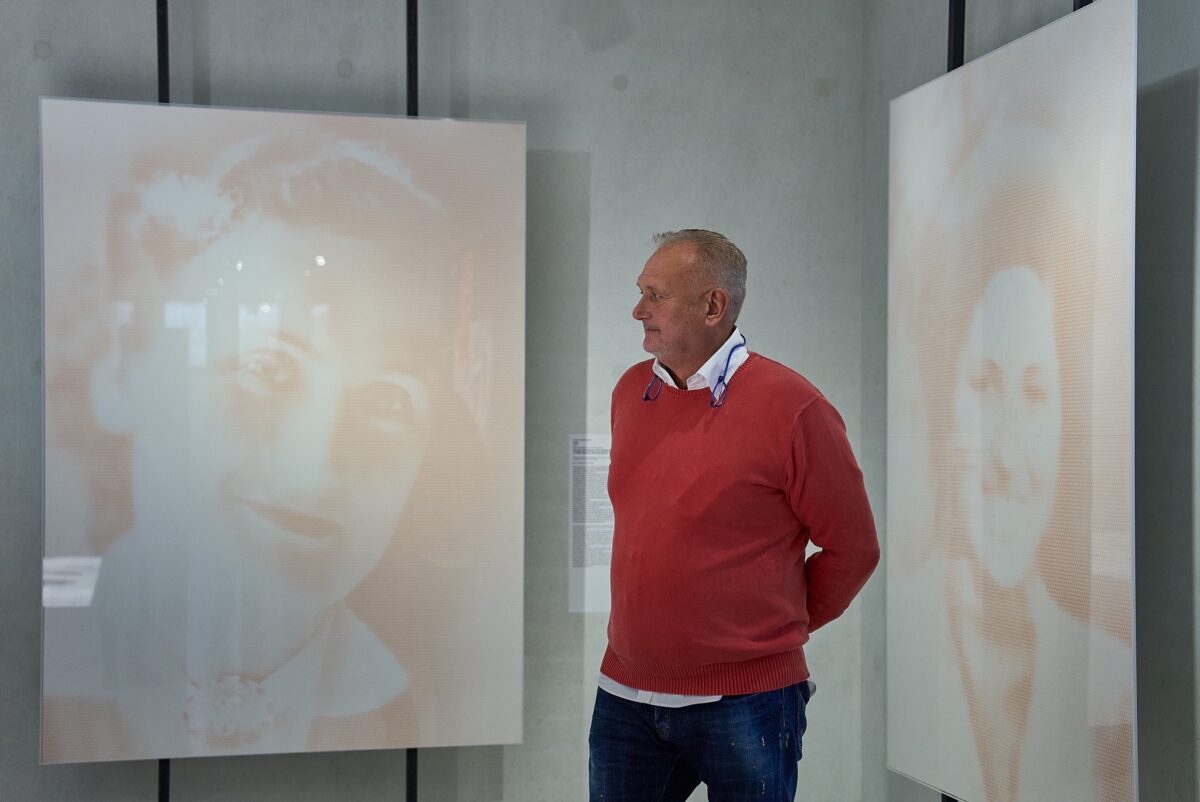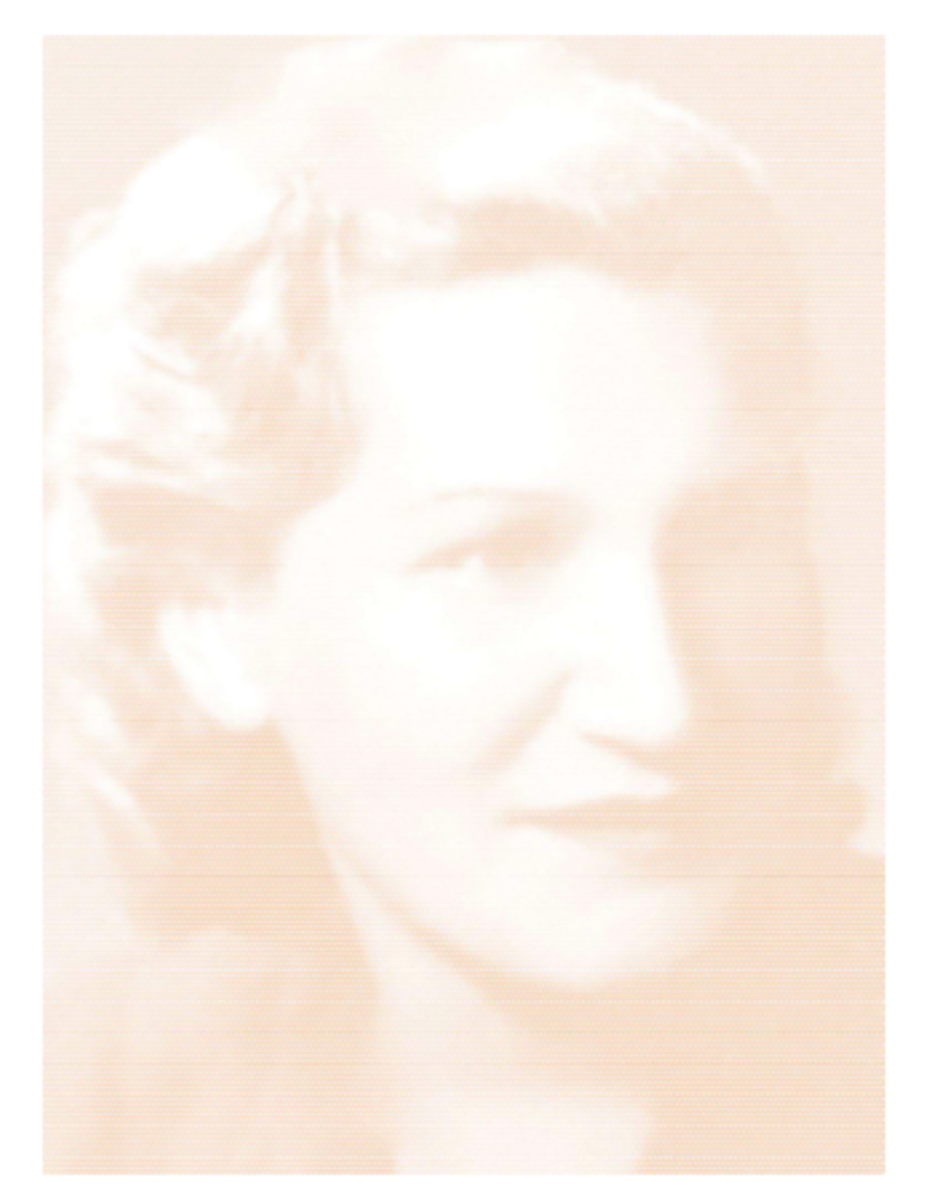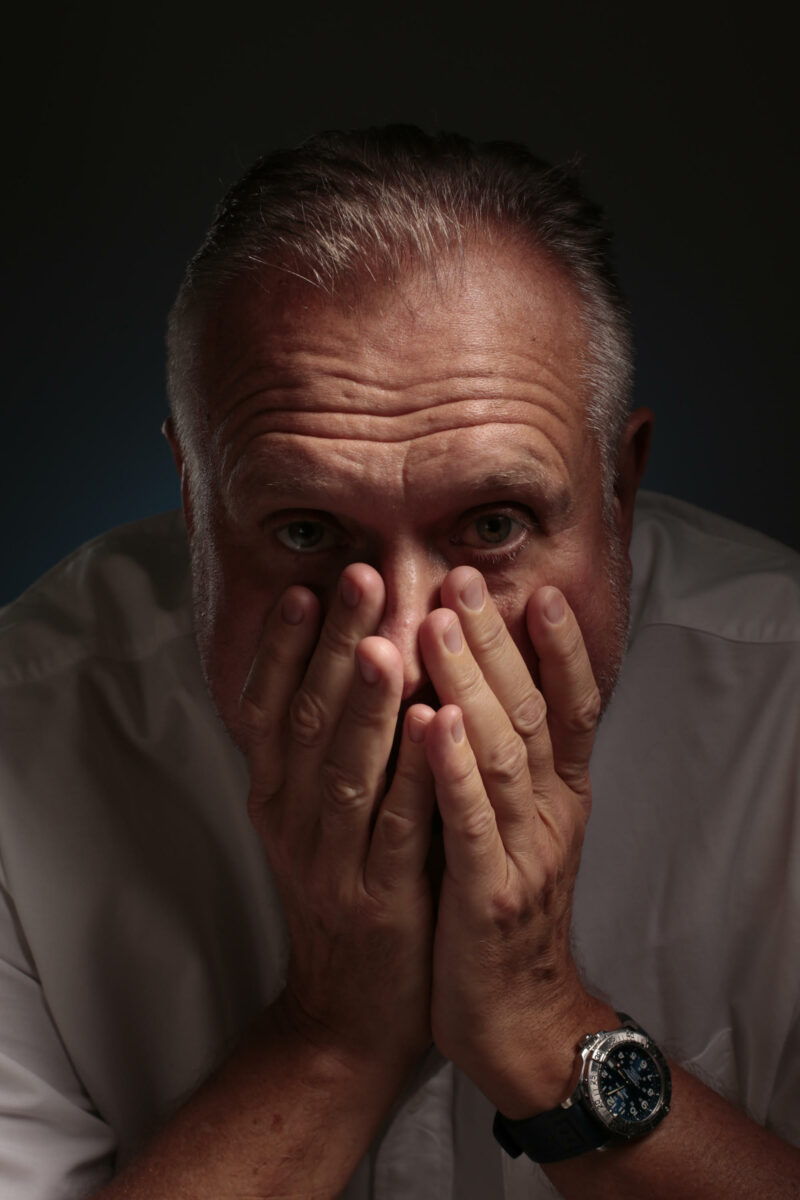Pawel Kowalewski is exhibiting in ‘Materializing. Contemporary Art and the Shoah in Poland’, at nsdoku münich, until 13th February, 2024. Lee Sharrock interviewed Pawel for FAD Magazine.
Pawel Kowalewski is one of the most renowned artists in Poland, and the founder of the artistic formation Gruppa. Kowalewski is participating in a group exhibition at nsdoku münich: Materialising. Contemporary Art and the Shoah in Poland, alongside Zuzanna Hertzberg, Elzbieta Janicka & Wojciech Wilczyk,
Pawel Kowalewski, Agnieszka Mastalerz, Natalia Romik, Wilhelm Sasnal, and Artur Zmijewski and Zofia Waslicka-Zmijewska.
The exhibition is curated by Anna Straetmans, Mirjam Zadoff, and Piotr Rypson, and examines the artistic practices of contemporary Polish artists addressing themes of memory and the material traces of the Holocaust. The Shoah has been present in Polish visual culture since the 1940s, initially in films, paintings, graphic works, and sculpture, and later in installations, videos, and performances. Such works result from a variety of creative processes—documentation, commemoration, and expressions of sorrow and anger, but also those focused on ritual, the politicized representation of events and individuals, and the manipulation of collective memory.
The ” Strength and Beauty” series was previously presented in exhibitions at Artists’ House in Tel Aviv in 2015, and the Museum of the History of Photography in Krakow, in 2017.

Lee Sharrock: You are exhibiting in a group exhibition ‘Materializing. Contemporary Art and the Shoah in Poland’, at the NS Doku in Munich. Can you give an overview of the artwork that is featured in the exhibition: Strength and Beauty. A Very Subjective History of Polish Mothers.”
Pawel Kowalewski: First, I would like to express my appreciation for NS Doku’s idea of showcasing contemporary art in a space that appears to house a permanent exhibition. This transforms the museum into a vibrant, contemporary space filled with reflections and comments, not only from the past but also from the present.
This is the second time my works have been featured in NS Doku’s temporary exhibitions. My first piece displayed here was titled “European Only”, inspired by a photograph taken 20 years ago at the Museum of Apartheid in Johannesburg. Two decades ago, the sign from Pretoria railway station reading “Europeans Only” seemed like an artifact that belonged solely in a museum. Tragically, the subsequent 20 years demonstrated that some harrowing aspects of history don’t remain confined to museums.
The narrative of the vanishing generation is closely correlated with the history of Nazi Germany. All the women I depict were the mothers of my Jewish friends. Each one survived a totalitarian system and became warm, loving mothers to their sons. This generation served as a reminder of the atrocities humanity endured during the Holocaust and in the gulags. Regrettably, everything in our lives eventually fades, and with that, memories fade as well. If this memory completely disappears, a terrifying future awaits us, where things that should remain as a warning in museums reappear among us.
You co-founded Gruppa, the Warsaw-based group of artists that changed the path of painting in Poland in the mid-1980’s. What was the central philosophy of Gruppa, and what influence do you think endures to this day on the history of Polish art and history of art generally?
The group was established in 1981, a rather tragic time in Polish history when all our hopes for freedom seemed lost. Concurrently, in the artistic scene, it appeared that all boundaries had been dissolved. Post- conceptual art allowed the use of all mediums. My vision was to restore painting as a medium for expression and artistic communication. Of course, painting was just one of our pursuits, alongside performance art, photography, and sculpture.
We defended freedom, not just in the artistic sense, but, as it turned out, we also engaged in dialogue with the grim reality of an oppressive system. This was a crucial message that paved the way for subsequent generations to navigate freely across media, delving into critical art, painting addressing political and sociological issues. Whether we ended in success, I’m not sure, but I know we stood as one of the most important artistic formations in Poland.
The ‘Strength and Beauty’ pictures are described as ‘vanishing pictures’, and were printed with a special paint that fades away completely over time, turning the portraits into abstract shadows. How did you create this process and what is its significance to the subject matter?
Pawel Kowalewski: The process took over two years. First, I had to find the paint, and as we know, most paint manufacturers strive to make their paints last as long as possible. Eventually, I found the right paint from a German producer. When it turned out that my idea to print using the silkscreen method was unfeasible, I turned to an American printing house, which blocked production on the Heidelberg machine for 8 hours, the only one that could print in the way I wanted, especially for portraits of this size. The process lasted more than 8 hours and involved over 20 people, but I believe it was worth it to create something that not only preserves the memory of these women but also speaks to the very universal theme of transience.

The ‘Strength and Beauty’ series is a commentary on the human tendency to forget or disrespect history. We are living through a particularly dangerous period of history, the consequences of which are unfolding before our eyes, and sadly human beings seem doomed to repeat the mistakes of the past repeatedly. What role do you feel artists play in documenting and examining momentous and often tragic moments in history? which the artist perceives as extremely dangerous.
I always repeat the sentiment that if politicians read Shakespeare with true understanding, the world would look much better, and our history wouldn’t be filled with so many crimes and human suffering. Zofia Golubiew, the recently deceased director of the National Museum in Krakow, once said that I am one of those naive artists who believe that art can instantly change the world. However, she quickly corrected herself, saying that by my naivety she meant a very positive kind of naivety. I will never abandon this naivety and will continue to warn the world about things that can leave museum walls, spill out onto the streets, and threaten us directly. This is how I view racism, intolerance, and all totalitarian systems that assume the right to control our lives. Artists must shout out because if they don’t shout loudly enough, history will truly repeat itself.
You are quoted as saying that “human life cannot be erased from memory, even when only a smudge of shadow or a flash of light in the hair remains. With this series, I decided to save from oblivion the fate of female heroines. The extraordinary biographies of my mother (Zofia Jastrze?bska) and
the mothers of my friends became a pretext to tell the story of an exceptional generation of women.” How did you find the photographs of the heroines in your portraits, and did the inspiration come from the experience of your own Mother?
Yes, of course, the inspiration emerged after the death of my mother in 2014. I had planned an exhibition in Israel where I intended to showcase a ‘simulator of totalitarianism’, a large installation from 2012 that warned the world about the threat of totalitarianism. At that point, I found photos of my mother as a young, smiling woman.
Concurrently, I started conversations with my colleagues from Israel, individuals whose mothers originated from Poland. It began with my friend, Yoram Reshev, and his beautiful mother, Chesi, whom I had the honor to meet a long time ago. Sequentially, I spoke to 10 friends about their mothers whose youth was spent in Poland. None of them perished during these tragic times; they managed to survive, conquer evil with love in their hearts. Each of them raised a son who wasn’t filled with hatred or a desire for revenge. They instilled in us primarily love, tolerance, and kindness. Initially, my friends brought me photos of their elderly mothers, and only after some time did they realize that I wanted to talk not about
their mothers as they knew them, but about these young girls who were to become their mothers. These were small photographs, sometimes taken from wartime documents. Processing them took a long time. The raster with which they are covered not only conceals certain imperfections but also symbolically
shows how one can only see the true face from a distance. I believe I owe gratitude to all the people who collaborated with me on this project. There were many, from printers to computer graphic designers, and I deeply thank them all.
Materializing. Contemporary Art and the Shoah in Poland, 25th February 2024, nsdoku münich
About the artist

Pawel Kowalewski: Painter, Installation Artist, Educator, Entrepreneur
Born on September 20, 1958, in Warsaw, Pawel Kowalewski is an accomplished artist based in Warsaw. He honed his skills as a student in the Painting Department of the Academy of Fine Arts in Warsaw, studying under the esteemed Stefan Gierowski and graduating with honors between 1978 and 1983.
Kowalewski’s artistic journey began in 1982 when he joined the Gruppa arts group, a creative collective. He actively contributed to the group’s exhibitions and actions, co-publishing their periodical titled “All Right Already” from 1984 to 1988.
Since 1985, he has also been an instructor in the Industrial Design Department of the Academy of Fine Arts in Warsaw. In 1991, he established his advertising agency, which he continues to operate to this day.
Kowalewski’s diverse body of work spans various genres, including painting on canvas and paper, sculpting in modeling clay, and creating installations and ready-made objects in recent years. His artistry is epitomized by his thesis project, “Sztuka osobista czyli prywatna / Personal Art aka Private Art” (1983), which featured small format paintings with enigmatic titles. These titles, such as “Me Shot by Indians” and “Fists in the Pockets, or the Extremely Pissed Off Worker,” reflected the tumultuous times.
Kowalewski also employed irony in his “papers” series (1984-1985), which featured quotations from Psalms, provoking controversy within the Catholic Church. His wit and word-based paradoxes shine in works like “Pass Me a Nail” (1987) and “Where Do We Hang the Mother Mary?” (1989).
Until 1989, Kowalewski’s figurative and expressive paintings often included literary, historic, and patriotic references, exemplified by the “Cykl litewski” / “Lithuanian Series” (1988-1989). Nevertheless, he never strayed far from existential and everyday themes, as evident in his small sculptures enclosed in glass cases (1989-1990). Subsequently, he explored these themes in his paintings, collages, and installations, categorized under series like “Exercises in the Aesthetic with Which I Grew Up,” “Orientating Signs that are Necessary to Avoid Madness,” and “Fin de siècle” (1990-1992).
After 1992, Kowalewski chose to participate exclusively in historical and retrospective exhibitions, marking a pivotal shift in his artistic trajectory.






